The phenological seasons
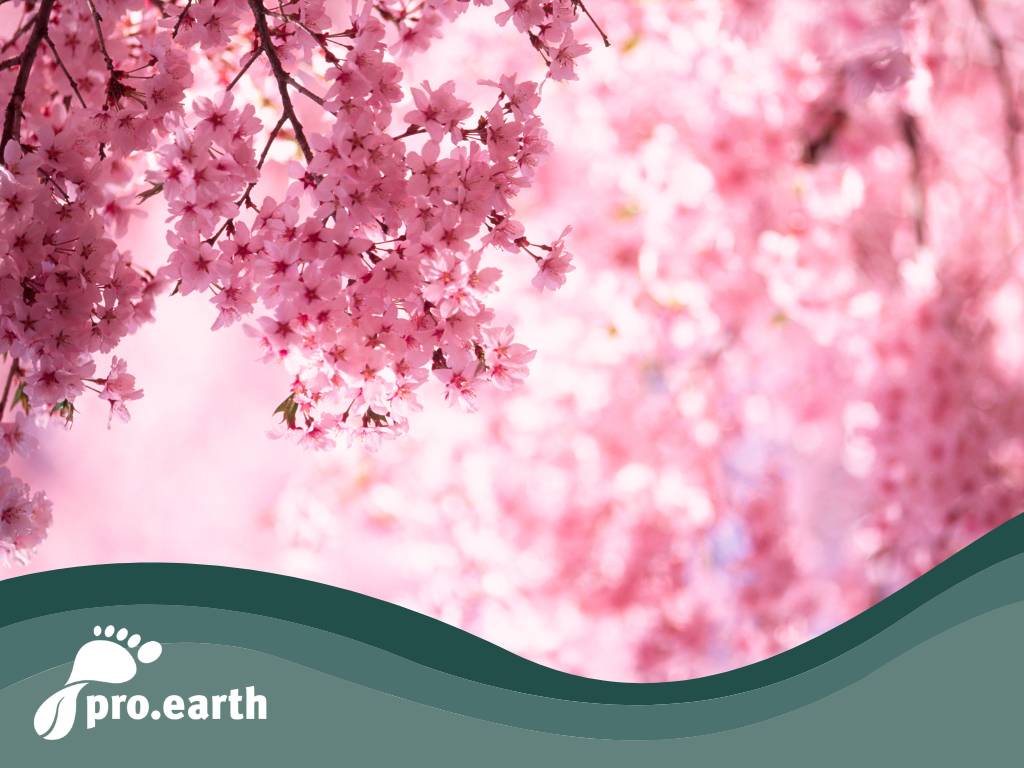
In contrast to the astronomical and meteorological year, the garden year can be divided into ten different stages, which are associated with the appearance of certain stages of development in typical plants in the area. This concerns flowering, leaf emergence, fruit ripening and leaf fall. The cherry blossom in Japan is the best and longest documented in this respect. Today we #Beetschwestern want to familiarize you with these seasons.
The phenological seasons at a glance
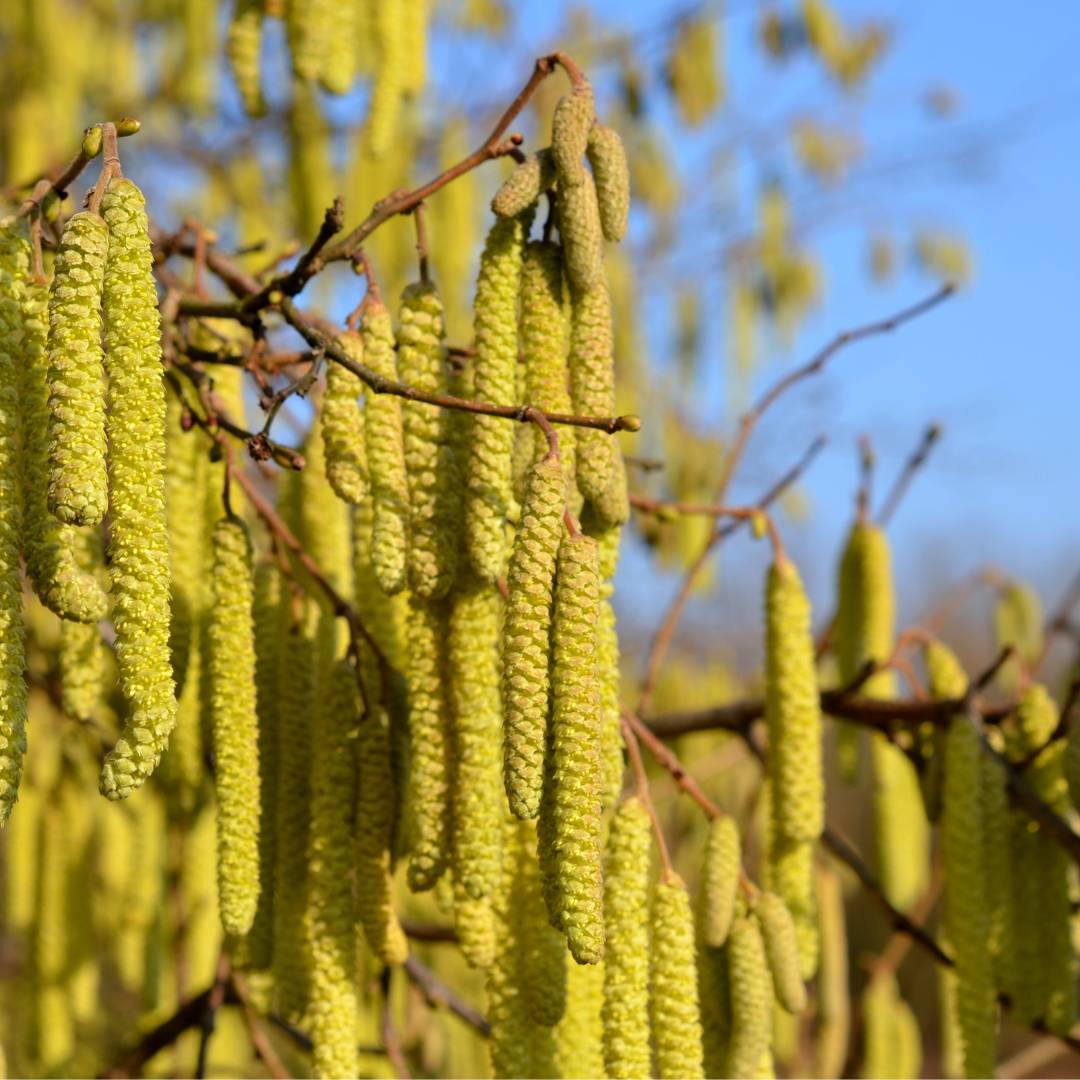
Early spring
The natural year begins with the first blossom of the willow, snowdrop and hazelnut and, in the Alpine region, with the first shoots of the sycamore maple.
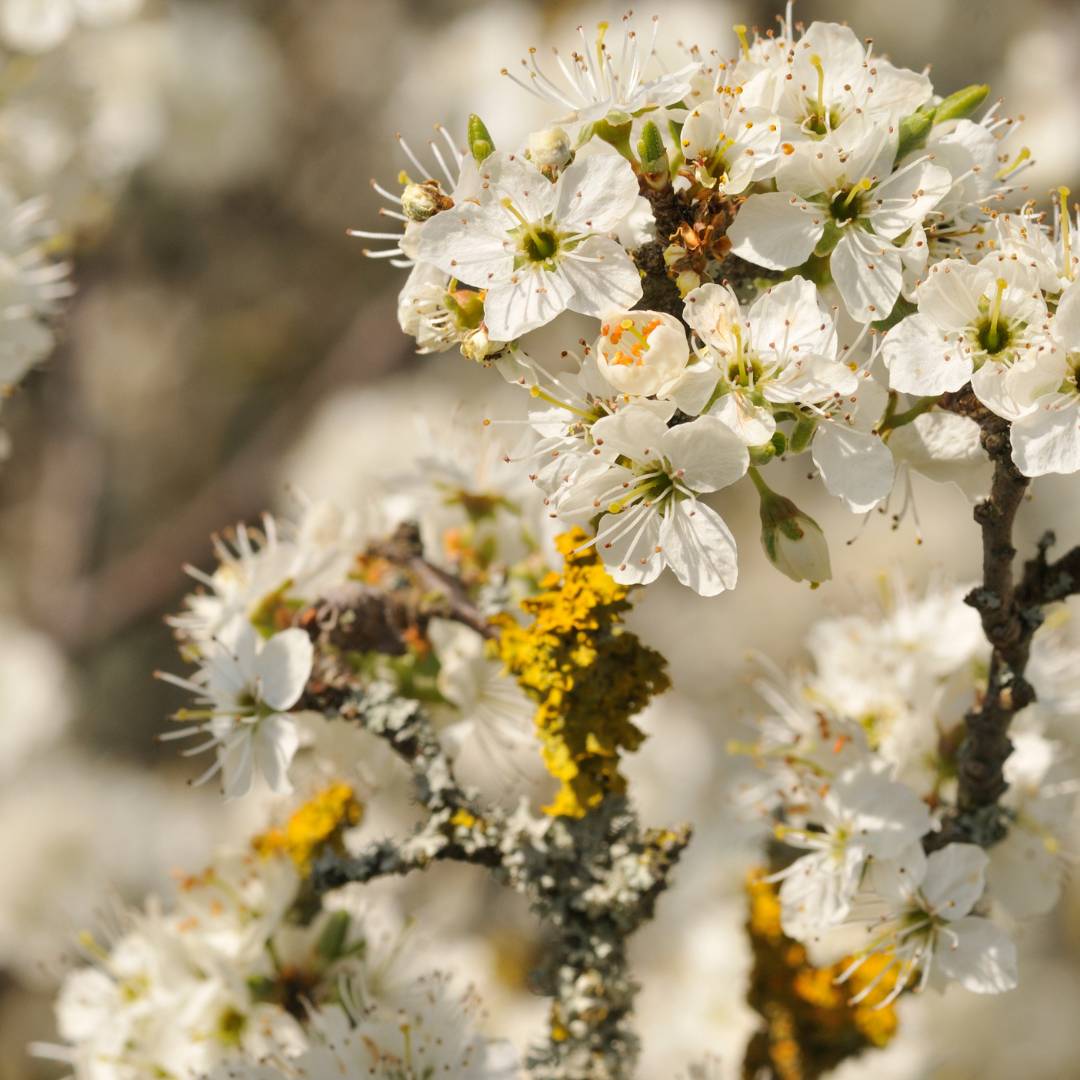 The first spring
The first spring
This time of year begins with the sloe blossom in hedges and woods and the forsythia blossom in the garden. Birch budding also takes place during this period.
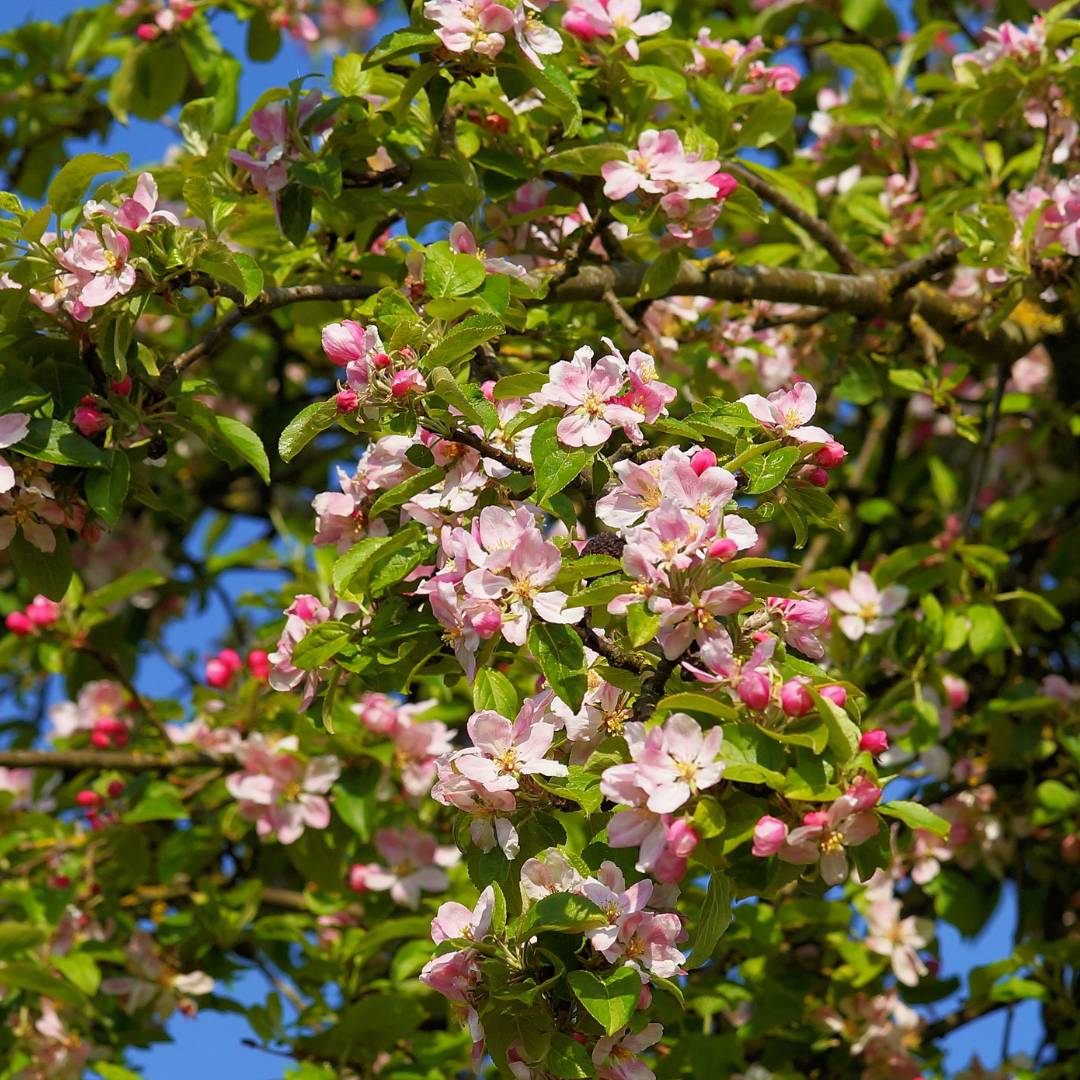 The full spring
The full spring
The pedunculate oaks are getting their leaves and the apple trees are in full bloom. The lilacs exude their wonderful scent and the spruces are putting on their May shoots.
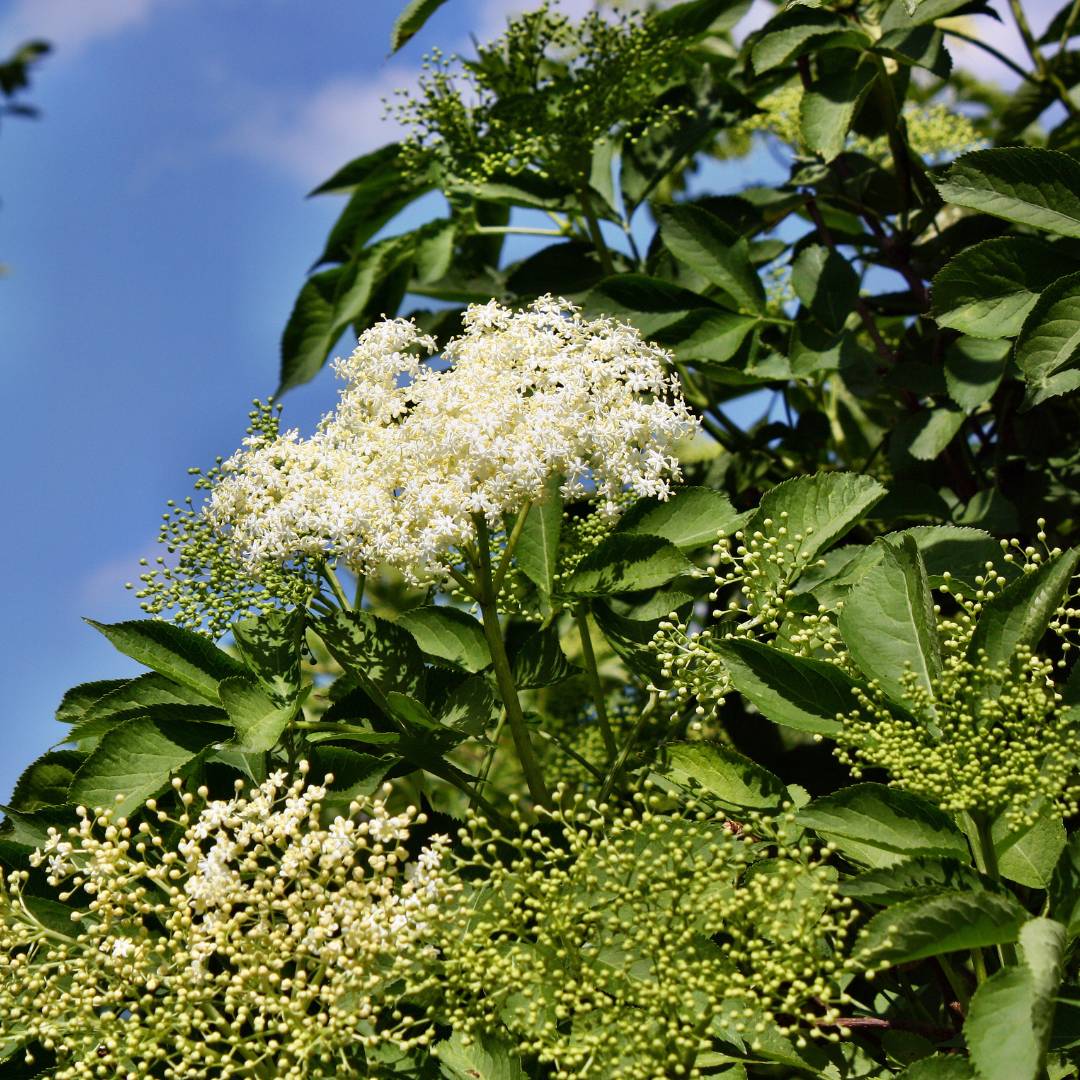 Early summer
Early summer
The flowering of the black elderberry marks the beginning of early summer. This is also when the dog roses bloom.
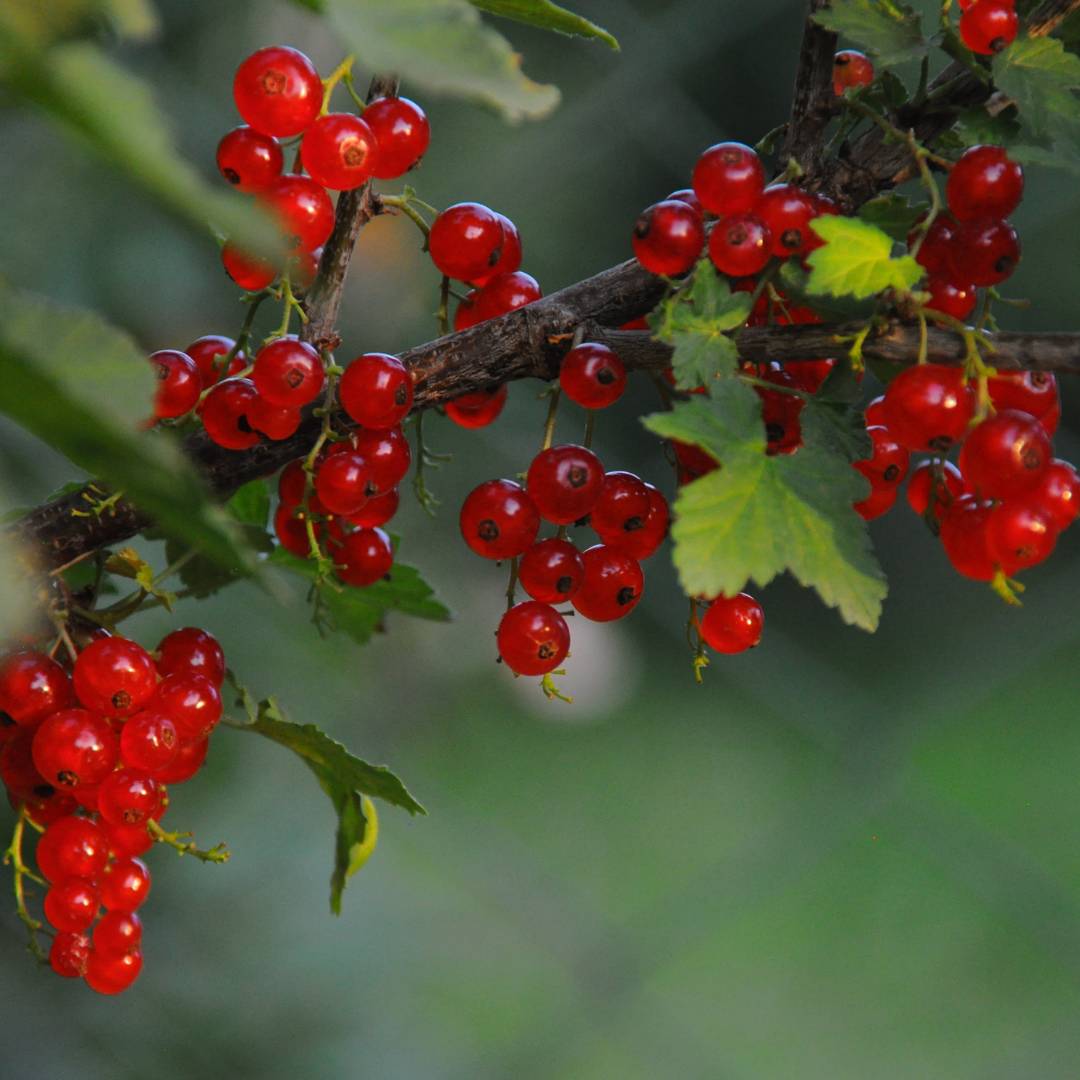 The height of summer
The height of summer
When the lime blossom fills the air, midsummer has arrived. Vines and corn also bloom at this phenological time of year. Red currants and late sweet cherries ripen in the garden.
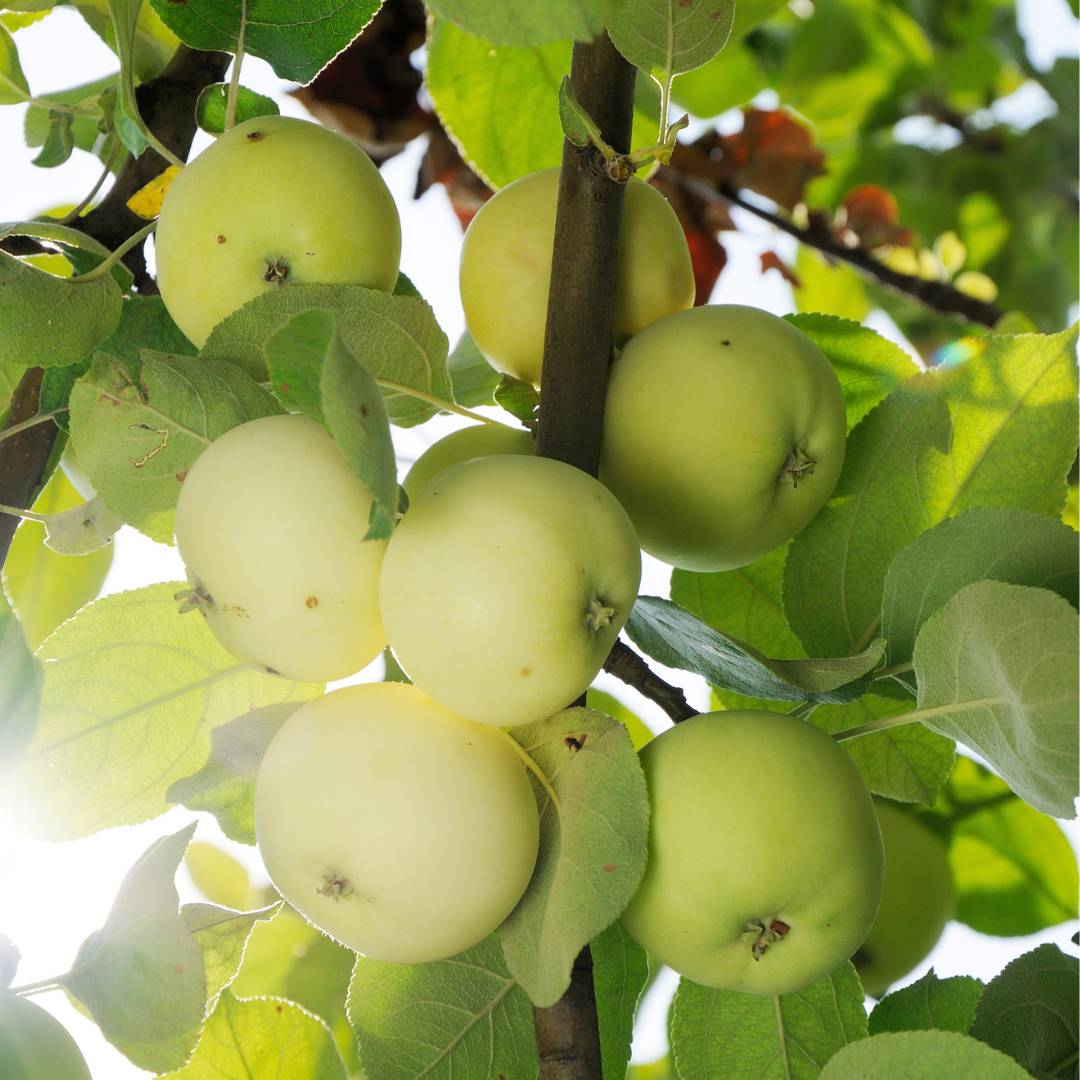 The late summer
The late summer
The first apples are ripening, as are plums and rowanberries. This is the time when the winter wheat is harvested. We used to say: when the rowan berries are ripe, summer is over.
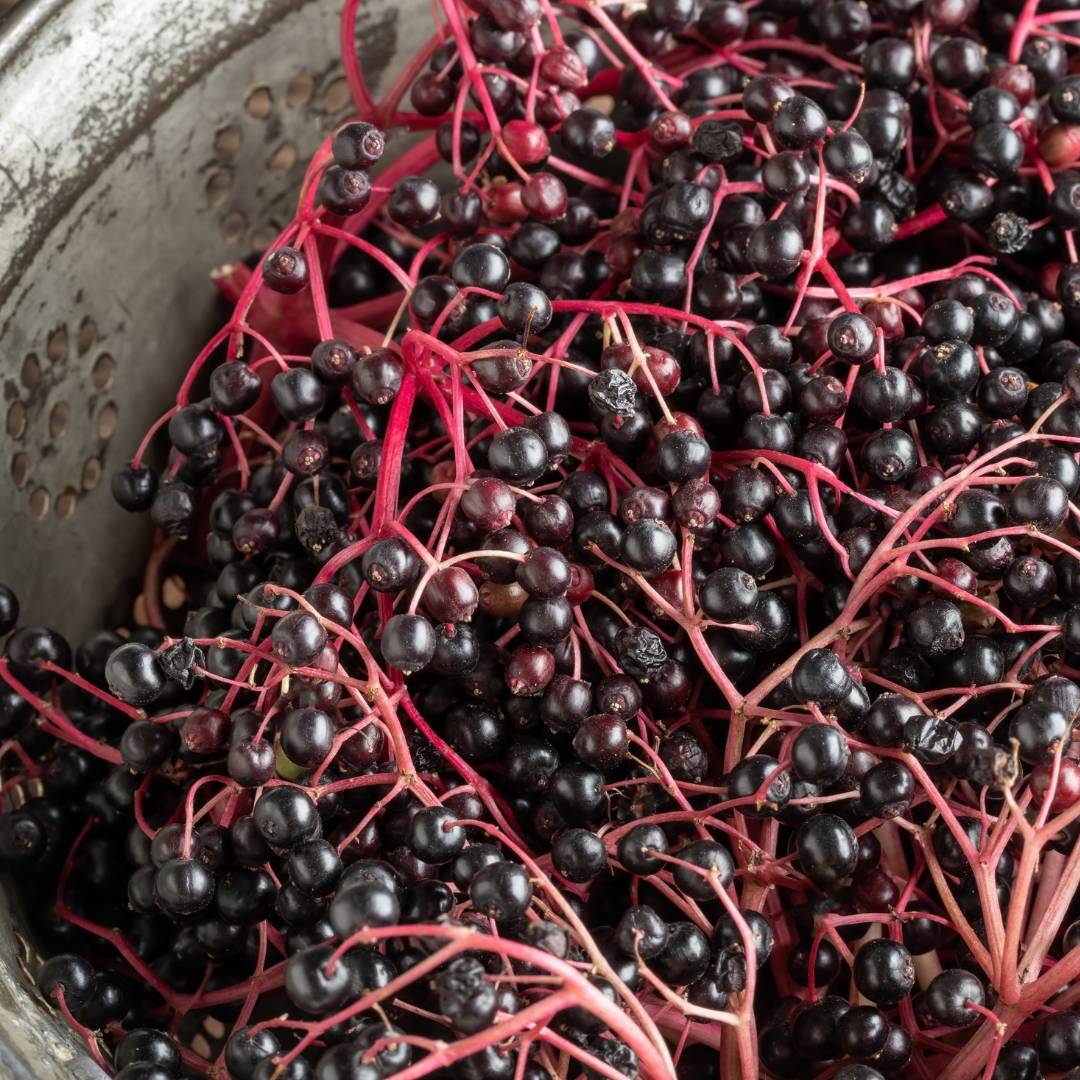 Early fall
Early fall
This starts with the ripening of the black elderberries. This time of year also sees the ripening of the dirndls and horse chestnuts. The autumn crocus also blooms in early fall.
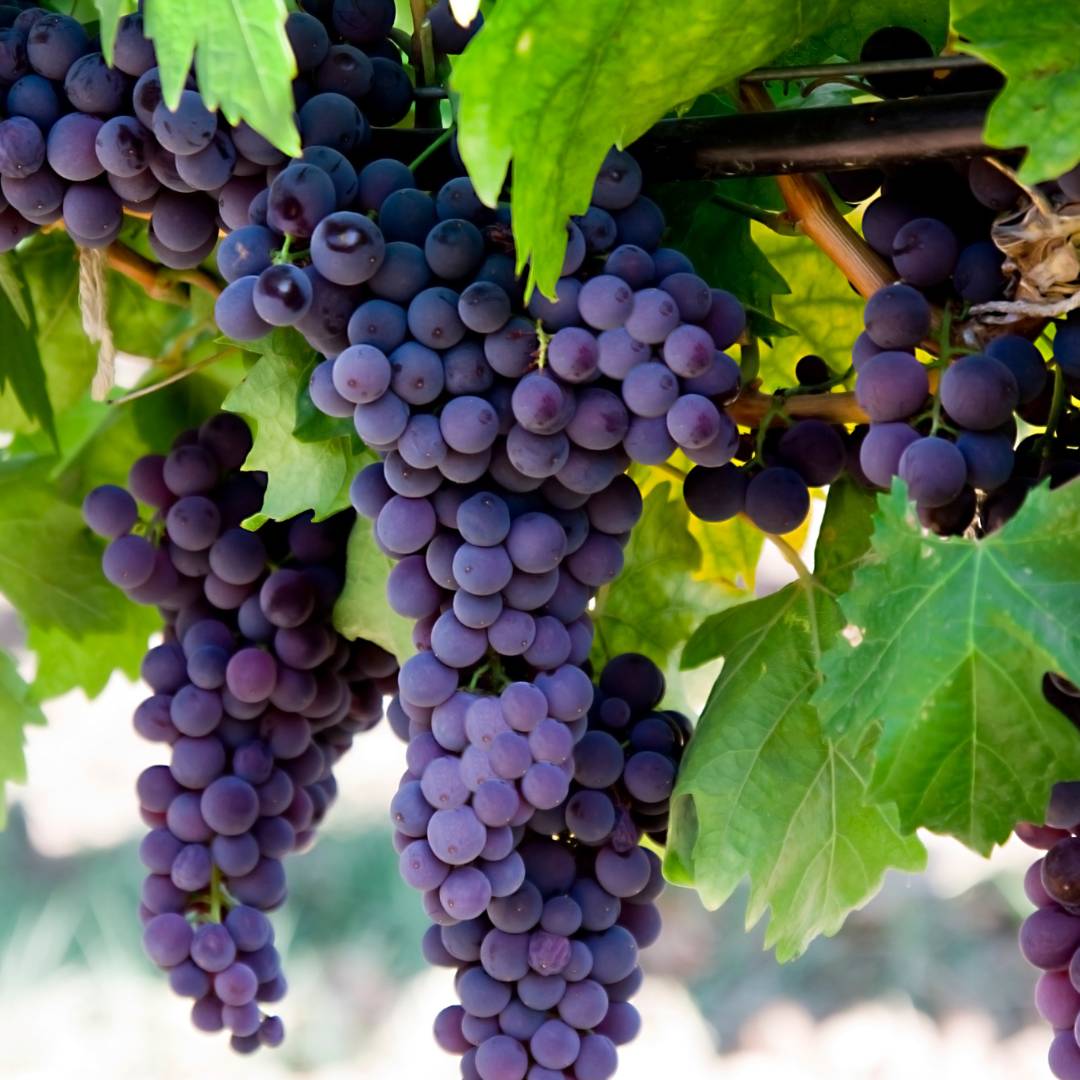 The full fall
The full fall
Now the grapes are ripening, as are the oaks. The trees begin to change color, such as oak, copper beech and horse chestnut. The sunflowers are ripe and are being harvested. The last fruit is ripening in the garden.
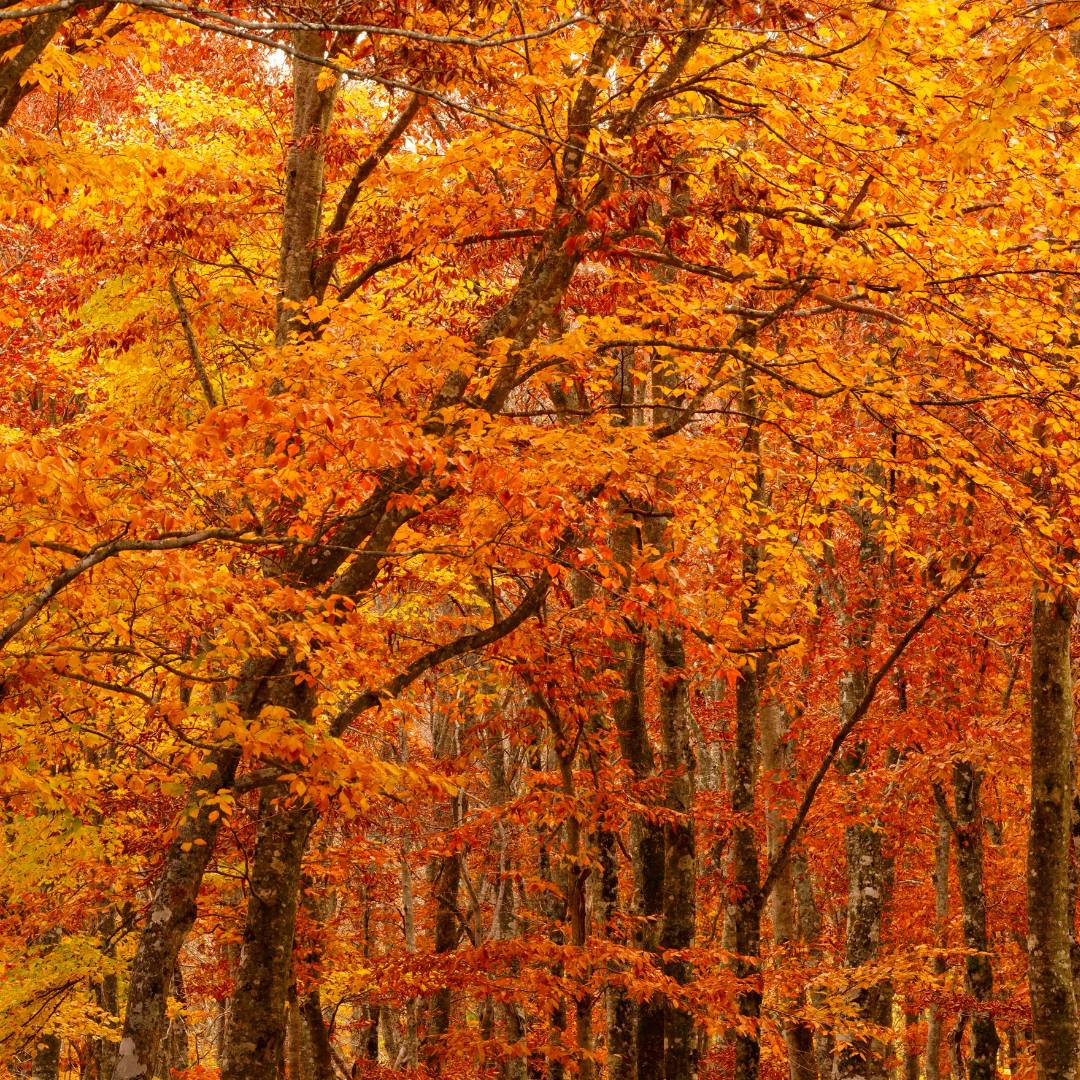 The late fall
The late fall
This marks the end of the growing season. The trees shed all their leaves, the larches lose their needles and the late grape varieties ripen in the vineyard. The ivy blooms in the garden.
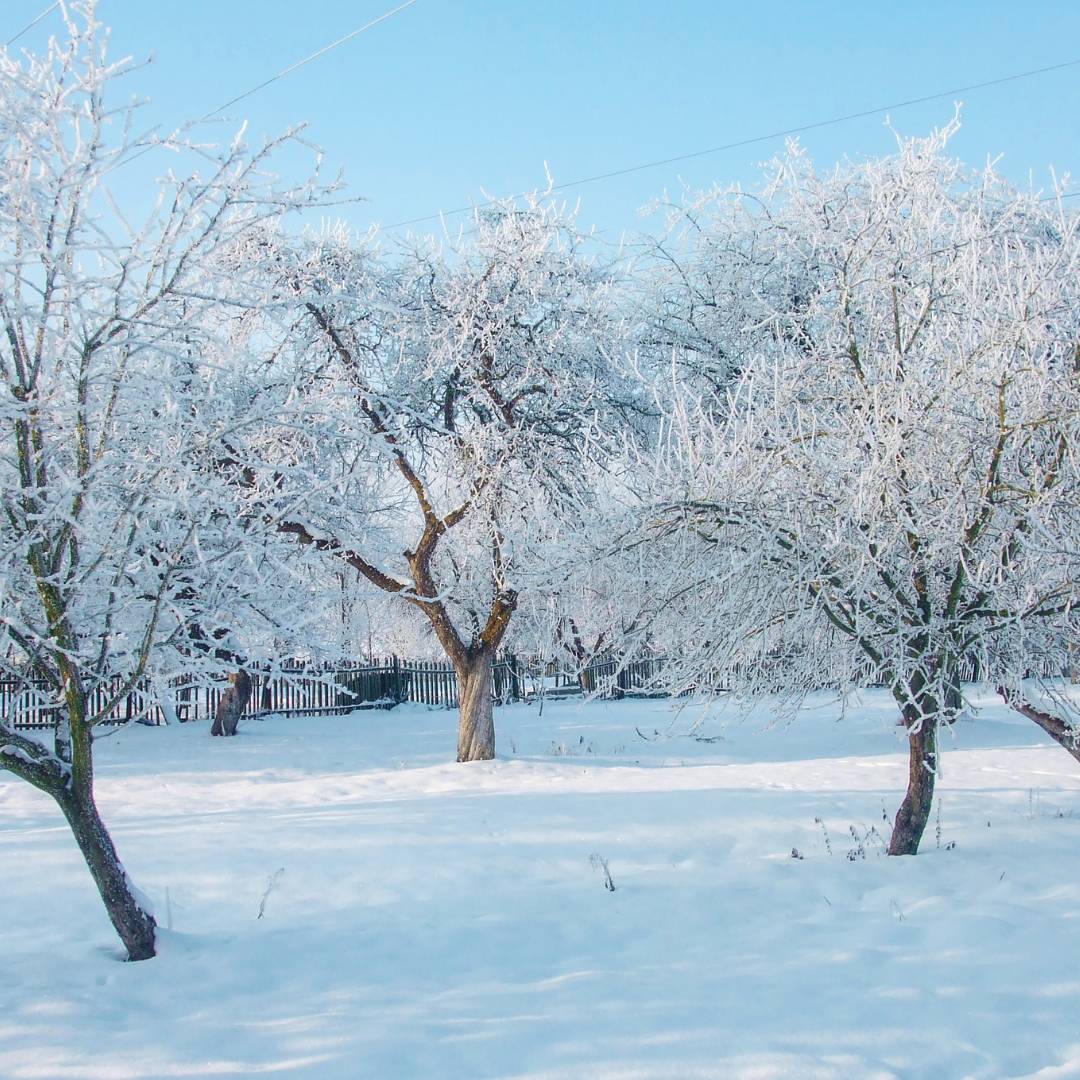 The winter
The winter
In winter, all plants go dormant. Winter phenomena include the first frost, frozen streams and ponds and the first closed snow cover.
A dedicated citizen science community on this topic
There is a nature calendar community that records the phenological events in the ZAMG nature calendar app. Those who take part actively help to research the seasons and the climate! Click here for information on the nature calendar.






